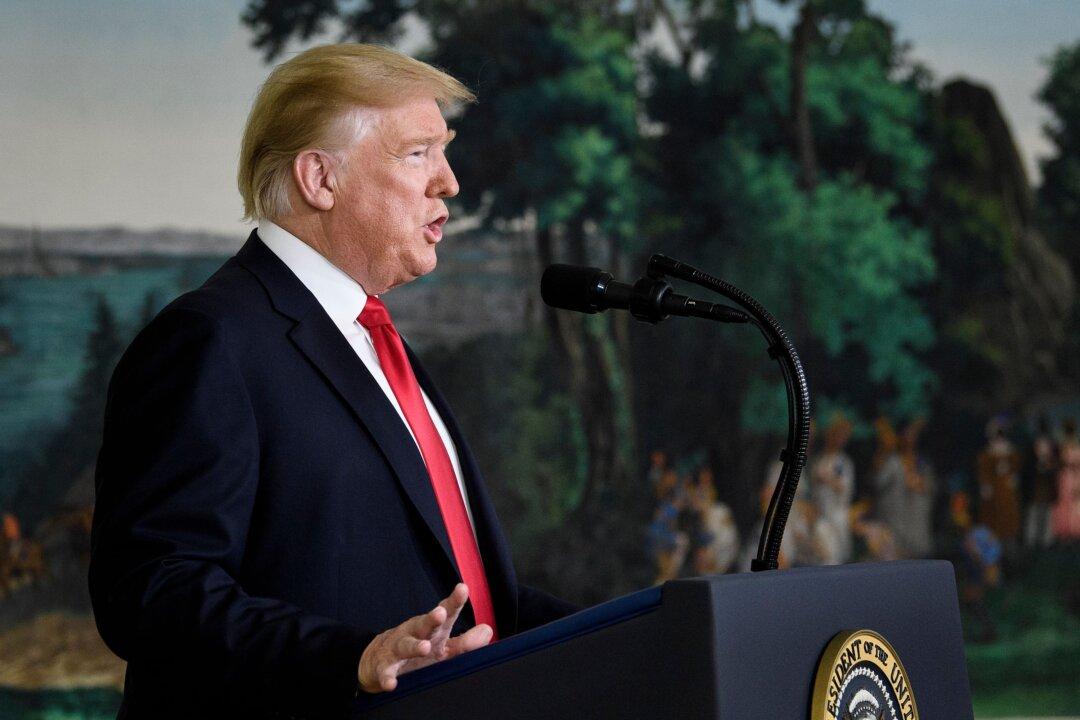President Donald Trump laid down a proposal for a border security compromise that would provide temporary protection from deportation to some 700,000 illegal immigrants in exchange for border wall funding.
The proposal also included a list of measures generally supported by both parties, including humanitarian funding, drug detection technology, and extending protections for people who have fled wars and disasters.





